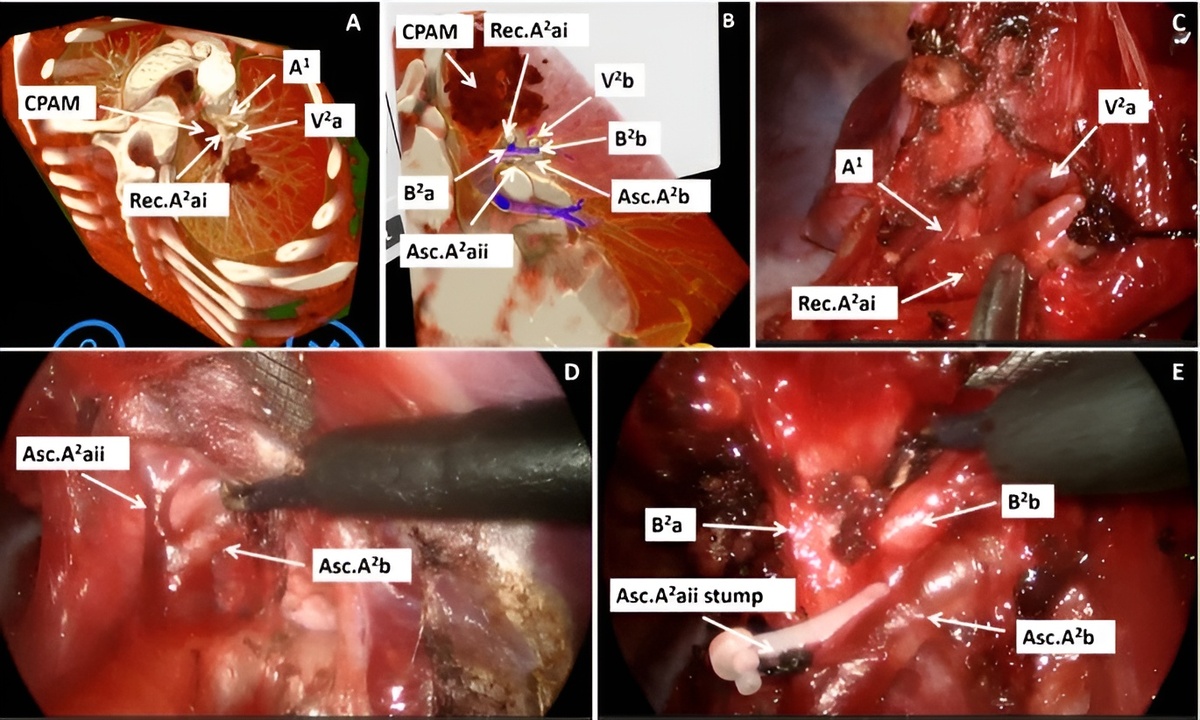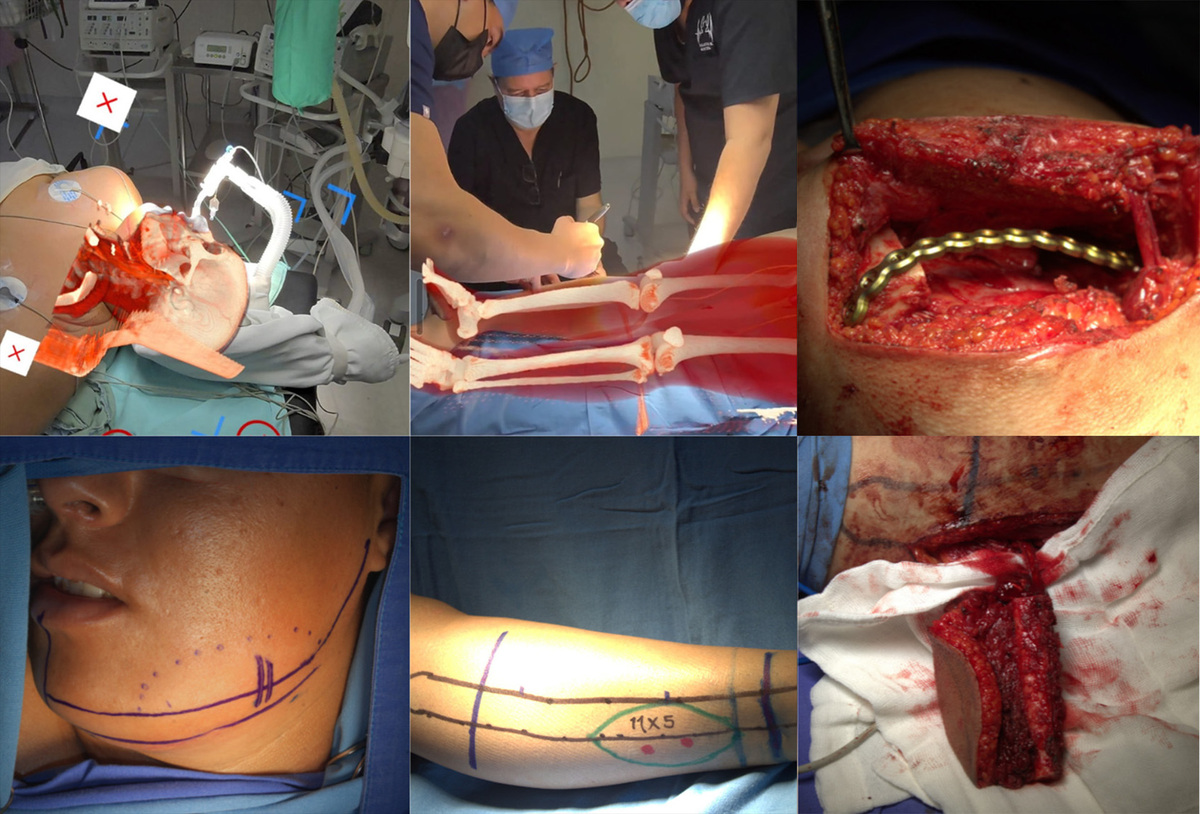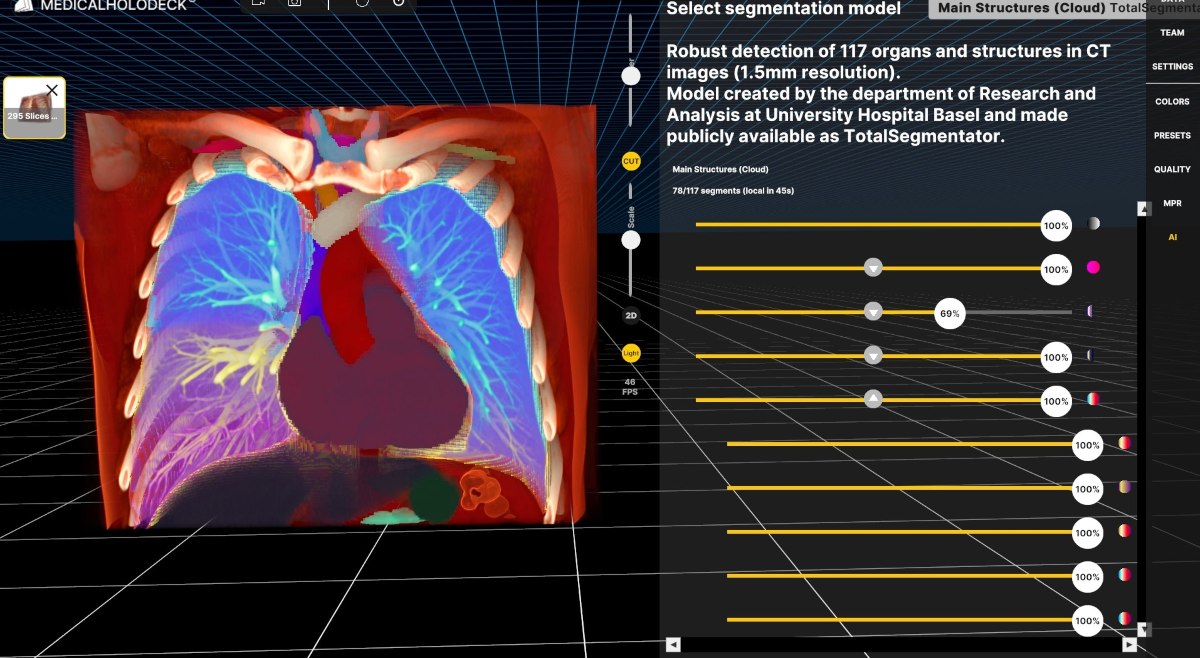What are digital twins
Digital twins in healthcare are highly detailed virtual models that mirror a real patient’s body, organs, or even cellular structures. These models are built using advanced imaging data, physiological measurements, and genetic information, creating a dynamic, interactive representation of the patient.
Digital twins can simulate how a patient’s body will respond to treatments, medications, or surgical interventions, allowing clinicians to test different approaches safely and make data-driven decisions tailored to each individual.
Risk-free surgical simulation
Digital twins allow surgeons to rehearse complex procedures on a virtual replica of a patient before entering the operating room. This reduces the possibility of complications, enhances precision, and ensures that each step of the surgery is carefully planned for optimal outcomes.
Personalized treatment planning
By modeling how a patient’s body responds to different therapies or medications, digital twins enable highly personalized care. Clinicians can compare multiple approaches, predict potential side effects, and choose the strategy most likely to succeed for each individual.
Enhanced diagnostic accuracy
Digital twins integrate detailed imaging, physiological data, and sometimes genetic information to create a comprehensive view of a patient’s condition. This holistic perspective helps doctors detect subtle abnormalities, anticipate disease progression, and make better-informed diagnoses.
Immersive medical education
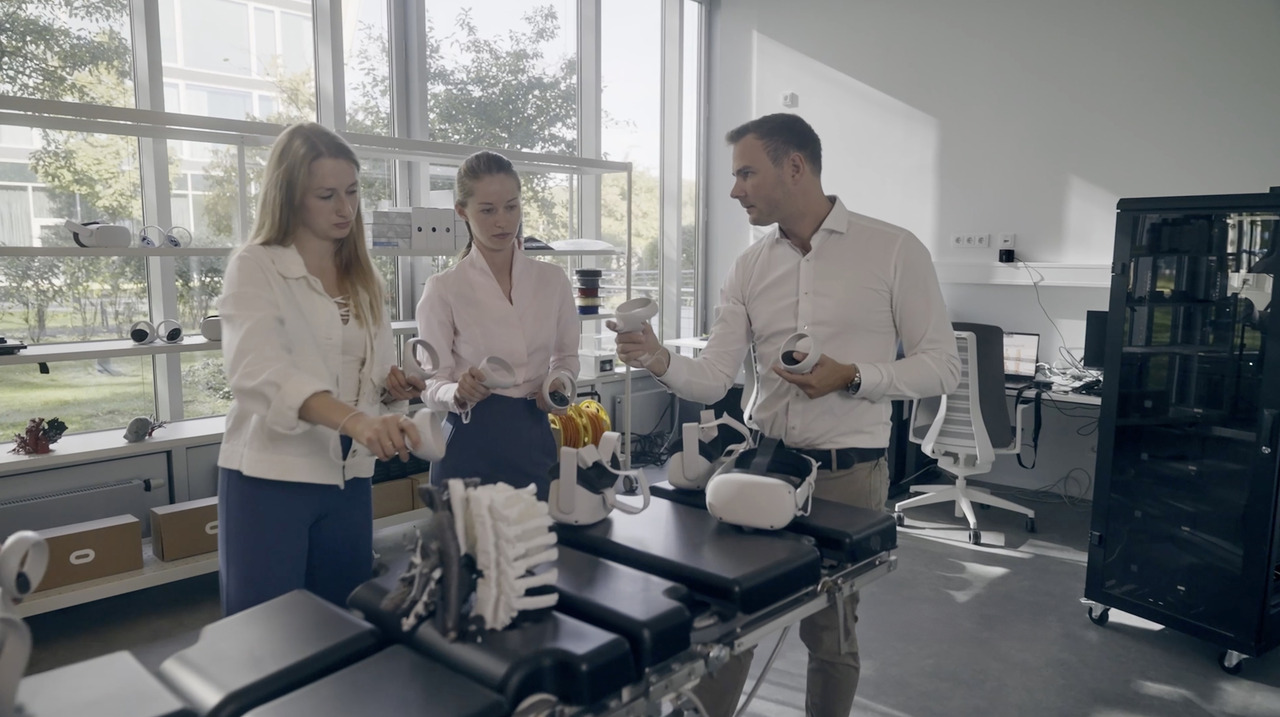
Medical students and trainees can interact with realistic digital twins to practice procedures, study anatomy, and explore disease scenarios in a safe, controlled environment. This hands-on learning enhances understanding and builds confidence before real-world clinical experience.
Improved interdisciplinary collaboration
Digital twins provide a shared, interactive platform where surgeons, radiologists, and other specialists can review cases together in 3D. This collaborative approach fosters better communication, aligns treatment plans, and ultimately improves patient care.
Who can benefit
Digital twins offer valuable insights for a wide range of healthcare professionals and institutions.
Surgeons can plan complex procedures with confidence, radiologists can better interpret imaging data, and multidisciplinary teams can collaborate on challenging cases using a shared, interactive model.
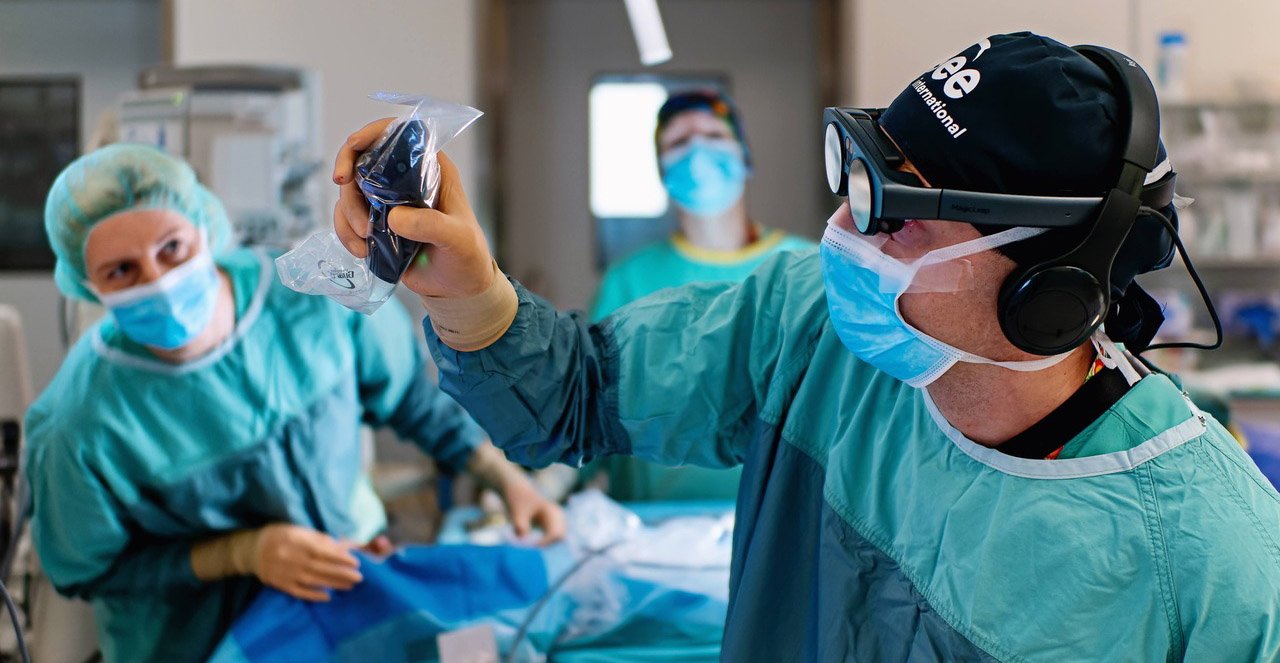
Beyond clinicians, medical students and trainees gain a safe and realistic environment to practice and learn.
Hospitals and research centers also benefit by using digital twins to optimize treatment strategies, reduce risks, and improve overall patient outcomes.
From simulation to real-world impact
Digital twins are detailed virtual replicas of a patient’s body, built from imaging, physiological, and genetic data. They allow clinicians to simulate treatments, predict outcomes, and plan personalized care with precision. In surgery, digital twins enable risk-free rehearsal of complex procedures, reducing complications and improving accuracy. They also enhance diagnostic accuracy by integrating multiple data sources into a holistic view of a patient’s condition. Beyond clinical use, digital twins serve as powerful tools for medical education, giving students a safe environment to practice, and for interdisciplinary collaboration, providing specialists with a shared 3D model for joint planning.
For more information, contact info@medicalholodeck.com September 2025